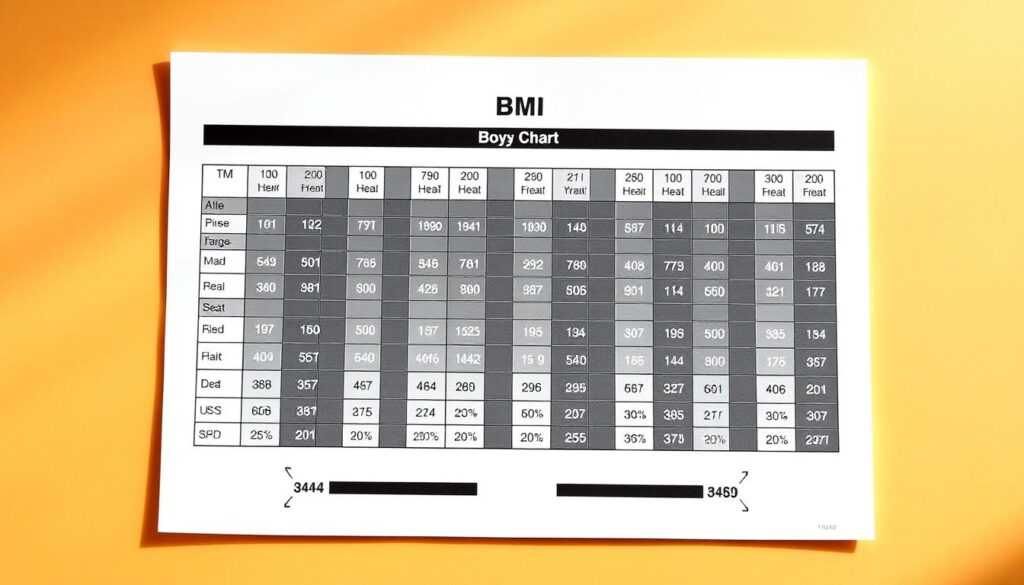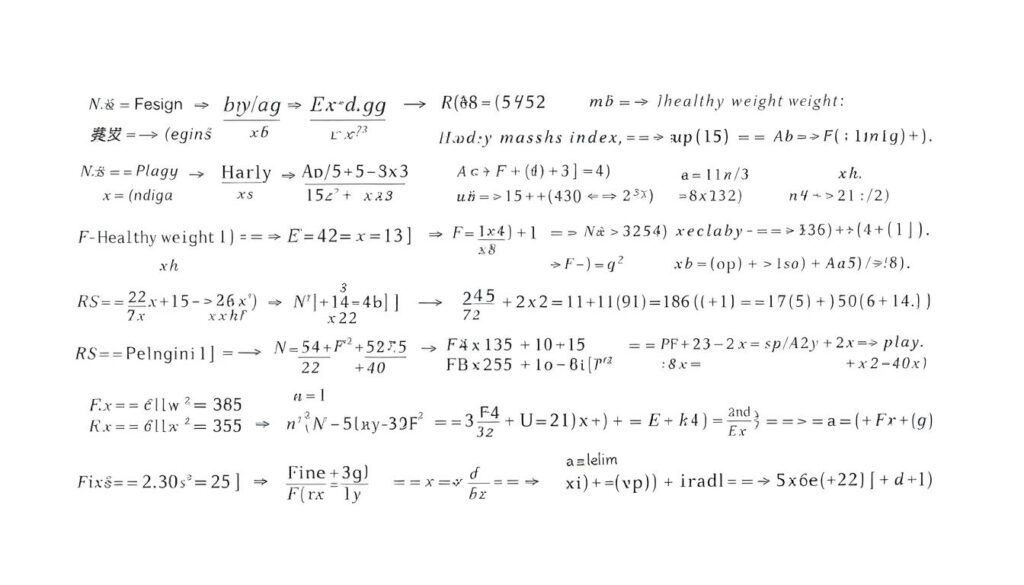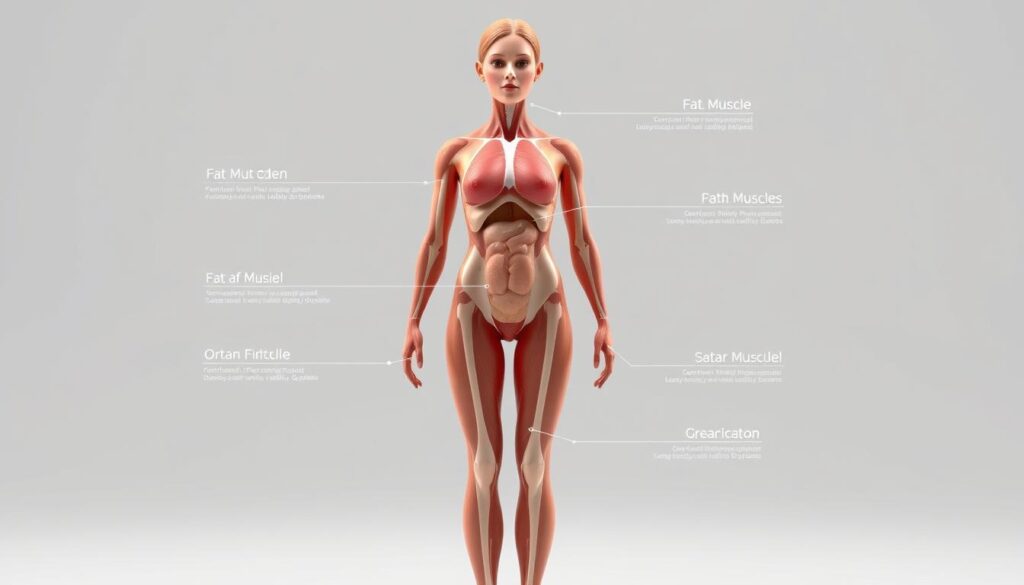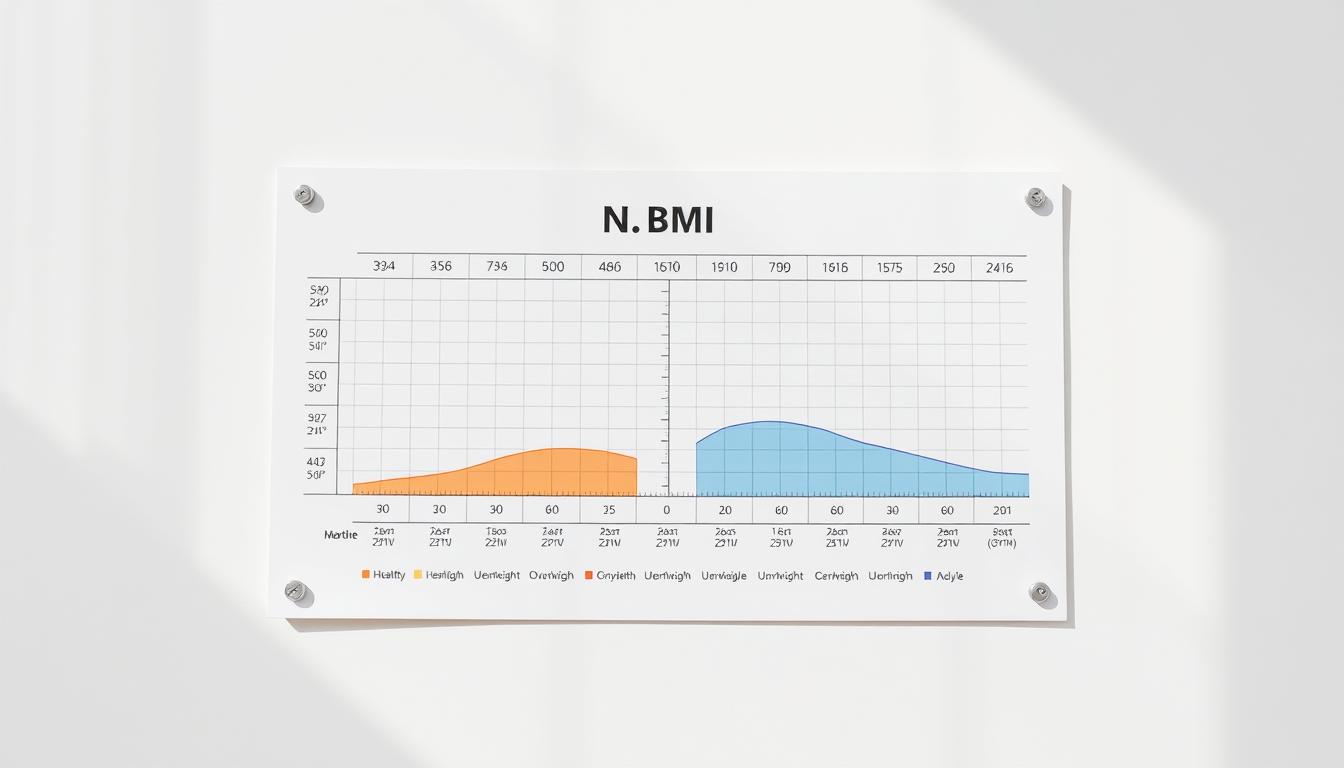Have you ever wondered why standard scales fail to capture your true wellness journey? A healthy weight calculator for women goes beyond basic measurements, offering insights tailored to your unique physiology. This tool combines gender, height, and body composition data to estimate a range that supports vitality—not just aesthetics.
Designed for accuracy, these calculators apply formulas like BMI (Body Mass Index) to assess where you stand. For instance, BMI compares your weight to your height squared, categorizing results into underweight, normal, or overweight ranges. While not perfect, it’s a widely used starting point for setting realistic goals.
What makes this resource invaluable? It bridges clinical research with everyday life. Whether you’re exploring strategies for improving body composition or simply curious about health benchmarks, the calculator adapts to your needs. Plus, its simplicity ensures anyone can use it—no medical degree required.
Key Takeaways
- Tailored assessments consider gender, age, and height for personalized results.
- BMI serves as a foundational metric but works best alongside other health indicators.
- User-friendly tools simplify complex data into actionable insights.
- Clinical formulas ensure reliability for both fitness enthusiasts and professionals.
- Understanding your range helps align goals with long-term wellness.
Understanding Ideal Weight and Its Determinants
Why do two people with identical heights have different wellness needs? The answer lies in how body mass index (BMI) interacts with individual traits like age, bone density, and muscle-to-fat ratios. This metric provides a snapshot of where someone stands relative to population health benchmarks.
The Role of Body Mass Index in Determining Weight
BMI measures body fat using a simple formula: weight divided by height squared. Categories range from underweight to obese, helping professionals identify potential health risks. While it doesn’t distinguish muscle from fat, studies show BMI correlates strongly with metabolic issues when values exceed 30.
Key Factors Affecting Ideal Weight: Age, Gender, and Height
As people grow older, bone density declines and fat distribution shifts—even if their height remains stable. Women naturally carry more body fat than men, requiring adjustments in ideal range calculations. For example, a 5’6″ 25-year-old might aim for 130–160 pounds, while a 55-year-old of the same height could see that range expand due to muscle loss.
Accurate measurements matter. A 2023 clinical review found that miscalculating height by just one inch alters BMI results by 5%. Tools like calibrated scales and stadiometers improve precision, especially when tracking changes over time.
Using a Healthy Weight Calculator Female
Navigating wellness metrics requires tools that adapt to your biological profile. Modern digital assessments blend medical guidelines with user-friendly interfaces, creating personalized snapshots of your physical status.

Step-by-Step Guide to Using the Calculator
Start by selecting measurement units—pounds/feet or kilograms/meters. Enter your age and exact height, as even half-inch differences impact results. For example, a 35-year-old woman measuring 5’4″ would input 64 inches or 162.5 cm.
Next, review formulas. The Devine method suggests 110 lbs for the first 5 feet plus 5 lbs per additional inch. Hamwi adds 10% for women’s bone structure. These variations explain why two people with identical stats might see different ranges.
Interpreting Calculator Results for a Healthier Lifestyle
Your report shows three key metrics: BMI, body fat percentage, and muscle-to-fat ratio. A BMI between 18.5–24.9 falls within the healthy bmi range. Values below 18.5 may indicate undernutrition, while above 30 suggests obesity risks.
Consider a 150-lb woman at 5’7″. Her BMI is 23.5—ideal—but if 30% is body fat, strength training could optimize muscle mass. Tools often color-code results: green for optimal, yellow for caution, red for high risk. Pair these insights with activity levels and dietary habits for holistic planning.
Popular Formulas and Their Applications
Ideal body metrics are calculated through diverse equations designed for clinical precision. These formulas emerged from medical needs—like determining safe drug dosages—and evolved into tools for assessing physical benchmarks.

Overview of Common Weight Calculation Formulas
Four primary methods dominate clinical practice: Devine, Hamwi, Robinson, and Miller. Developed in the 1970s–80s, each adjusts for biological variables. The Devine formula originated from antibiotic dosing studies, while Hamwi focused on diabetes management.
Gender plays a critical role. Most formulas assign distinct base values for male and female physiology. For instance, Devine starts with 110 lbs for women vs. 100 lbs for men at 5 feet tall, adding 5.5 lbs per inch.
Devine, Hamwi, and Other Formulas Explained
Here’s how key formulas compare:
| Formula | Variables | Gender Adjustment | Example (5’5″ woman) |
|---|---|---|---|
| Devine | Height, gender | +10% for male | 110 + (5×5.5) = 137.5 lbs |
| Hamwi | Height, frame size | +15% for male | 100 + (5×6) = 130 lbs |
| Robinson | Age, height | Fixed gender multipliers | 119 + (5×5) = 144 lbs |
Hamwi’s inclusion of frame size explains why two individuals with identical stats might receive different ranges. Meanwhile, Robinson’s age factor accommodates metabolic changes over time. These variations highlight why professionals often cross-reference multiple methods.
Remember: formulas provide estimates, not mandates. Pair them with body composition analysis for actionable insights.
Limitations and Considerations in Weight Calculations
Standardized formulas offer helpful benchmarks, but they can’t replace nuanced health evaluations. Tools like BMI ignore critical biological variables that influence wellness outcomes.

Understanding the Inaccuracies and Body Composition Factors
Muscle weighs more than fat—a fact BMI doesn’t account for. Athletes might register as “overweight” despite low body fat. Conversely, someone with a “normal” BMI could have high visceral fat linked to disease risks.
Metabolic health varies widely. Conditions like hypothyroidism or PCOS alter how bodies store energy. A 2023 study found that 40% of people with “ideal” BMI scores had at least one marker of poor metabolic health.
When to Consult a Doctor for Personalized Advice
Seek professional guidance if you have chronic conditions like diabetes or heart disease. Sudden weight fluctuations or conflicting metrics (e.g., high BMI but low body fat) also warrant a doctor’s input.
Persistent fatigue, unexplained aches, or hormonal imbalances? These red flags suggest deeper issues no calculator can diagnose. Medical tests like DEXA scans or blood panels provide clearer pictures.
Use formulas as conversation starters—not final verdicts. A doctor can interpret results alongside lifestyle factors, family history, and lab data to craft strategies that fit your unique biology.
Conclusion
Understanding your body’s needs starts with accurate measurements. Tools like the reliable assessment tool discussed here simplify complex data, offering personalized insights into BMI, muscle-to-fat ratios, and wellness benchmarks. These metrics help align daily habits with long-term vitality.
Key factors—like age, body composition, and height—shape results. Formulas such as Devine or Hamwi provide frameworks, but they’re starting points. Regular self-measurement ensures you track progress while adapting to metabolic changes over time.
Remember: no tool replaces professional expertise. Pair these insights with medical guidance for a holistic approach. Awareness of formulas’ limitations—like overlooking muscle mass—helps avoid misinterpretations.
Take action. Schedule check-ups, monitor trends, and prioritize balanced nutrition. By combining practical measurement techniques with informed choices, you empower sustainable well-being. Your journey thrives on consistency, not perfection.


